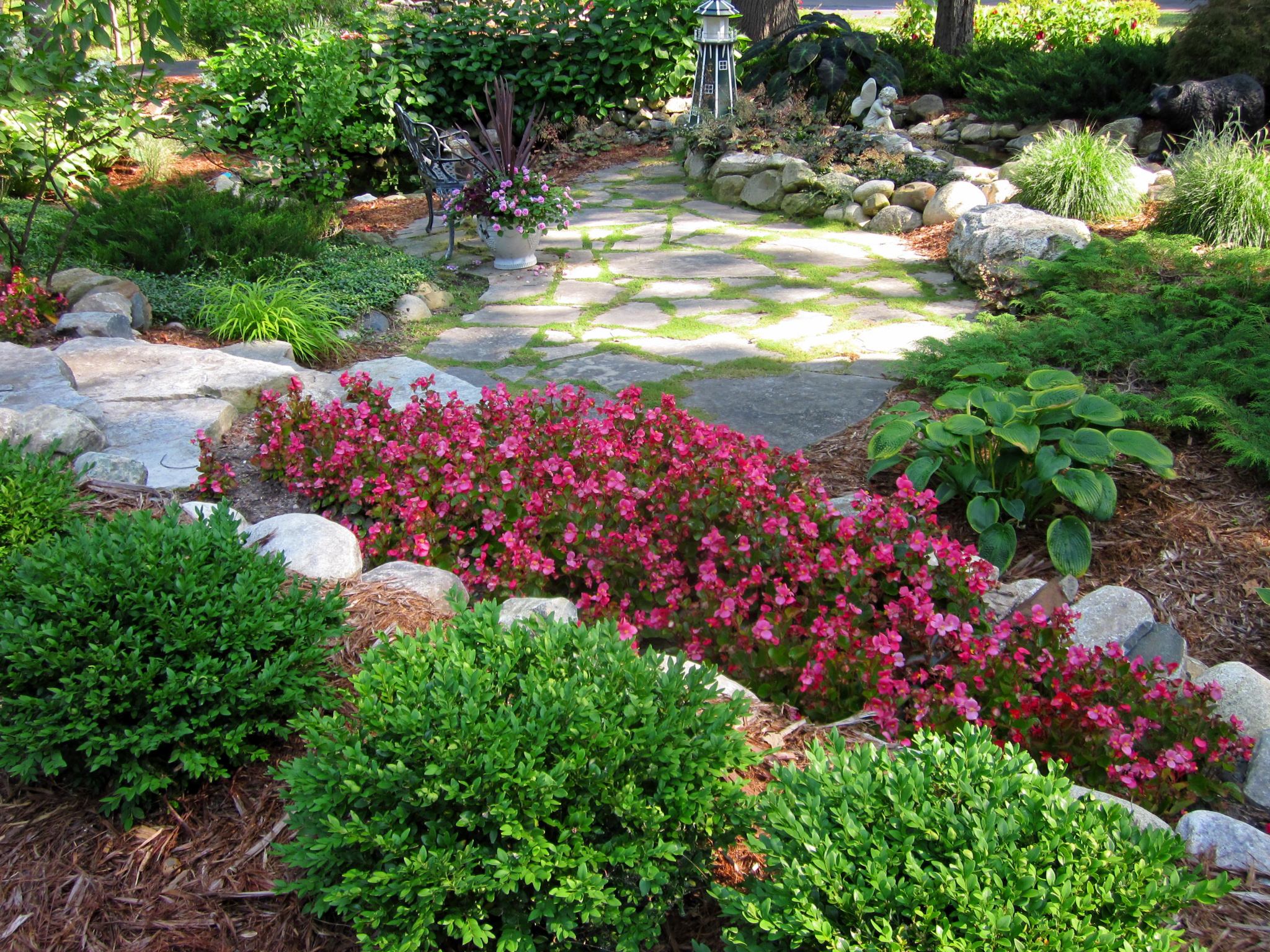PLANTS
Your new plants have been watered throughout the project, but 48 hours after we leave you will need to water your plants 2-3x per week, 30 seconds per plant with a hose or watering can. Check them regularly with your finger 3-6″ deep before watering to ensure water is required.
Caring for your new plants:
ESTABLISHMENT CARE VERSUS LONG TERM MAINTENANCE
It’s critical that you pay extra attention to your plants for the first three months after they’re planted, especially to watering.
This is called the establishment period, during which time they’ll grow a new root system and recover from the stress of being handled, transported, removed from their pots and planted. Proper watering will be your most important responsibility during this period.
After establishment, they will need regular long term maintenance including fertilizing, pruning and watering. Long term maintenance is less urgent and time sensitive, but is equally important.
YOUR RESPONSIBILITIES DURING ESTABLISHMENT
When we leave, your plants will be thoroughly watered and your sprinkler system (if applicable) will be set appropriately for the short term. Please remember that you are responsible for the monitoring and care of your plants once we’re gone.
- Watch your new plants closely, checking regularly for proper moisture.
Look them over several times per week for signs of wilting and probe the soil around them with your fingers to a depth of 3-6”. New plants with small roots need more moisture during the first 3 months than older plants with established root systems.
- Water appropriately.
Water needs will vary, based on your site and soil conditions, and you should water only when necessary. The following guide will help you get started. Remember, this is for the establishment period only, and it will vary based on your specific conditions.
Watering Recommendations (Adjust as necessary for your conditions)
- If you have a drip sprinkler system: 2-3 times per week for 30-45 minutes
- If you are watering plant to plant with a hose, 2-3 times per week as follows:
- Perennials: 30 seconds each
- Shrubs: 1 minute each
- Trees: 10-15 minutes each with the hose at a trickle and resting at the trunk.
This may not be practical, depending on the number of new plants in your landscape. Setting up sprinklers for your beds and/or utilizing over-the-counter soaker type garden hoses with faucet timers are also options; in which case, you should follow the time recommendations for drip sprinkler systems.
Keep in mind that it’s difficult to overwater new plants for the first few weeks, but after that, too much water can be worse than not enough. Check frequently and only water when necessary.
WHAT TO EXPECT DURING ESTABLISHMENT
The following are a few issues that we expect to see during most landscape installations. Please do not panic when they occur:
- Minor Handling Damage: Now that your new plants are resting comfortably in their new home, it is important to understand they have been handled numerous times by numerous people. It is common after a few weeks to notice some small brown limbs or foliage, especially on evergreens such as Junipers and Arborvitaes. These are typically small broken limbs that can easily be pruned, picked or brushed from the plant. These are not threats to the overall health of the plant.
- Transplant Shock: Large deciduous shrubs such as Viburnum, Ninebark and deciduous trees such as Maple, Birch, Crab Apple, etc. will almost always turn their fall colors early, as well as drop their leaves early. This is typical and normal due to transplant shock, but in some cases may indicate a moisture issue.
- Some Weeds in Your Beds: By turning, prepping and introducing additional soils, weeds will appear. We use preventive weed control products in our planting beds to help reduce breakthrough; however, some weeds will always be present in the landscape.
AFTER THE ESTABLISHMENT PERIOD
After the first three months, your plants should be through their establishment period and will begin to require a long term maintenance approach.
- Watering schedules now change. Some plant varieties can be sustained with rainfall alone, EXCEPT under drought-like conditions. Please remember that conditions vary from site to site.
- General garden tasks such as feeding, pruning, weeding, etc. will now become part of ongoing maintenance along with monitoring moisture. The level of these tasks will depend on your goals and commitment to keeping your landscape flourishing.
- Fertilizing: Plants need food as much as they need water. A soluble fertilizer (such as Miracle-Gro) applied every two weeks during the growing season is ideal, but a slow release granular fertilizer applied once in the spring and once in the late summer is a good alternative. Buy a high quality fertilizer appropriate for your plant type and follow directions closely.
- Pruning: Your plants will need to be pruned eventually to control their size and/or shape, as well as to remove dead or dying branches. Techniques and timing vary according to the type of plant. Visit our website for specific instructions or give us a call and we’ll be happy to provide pruning services for you as necessary.
COMPREHENSIVE CARE FOR YOUR LANDSCAPE
Reder Landscaping offers an extensive line of services to help care for your plants, maintain your investment and make certain your property is looking its best at all times. Contact your Reder Landscaping Representative or visit our website for more information on these services.

